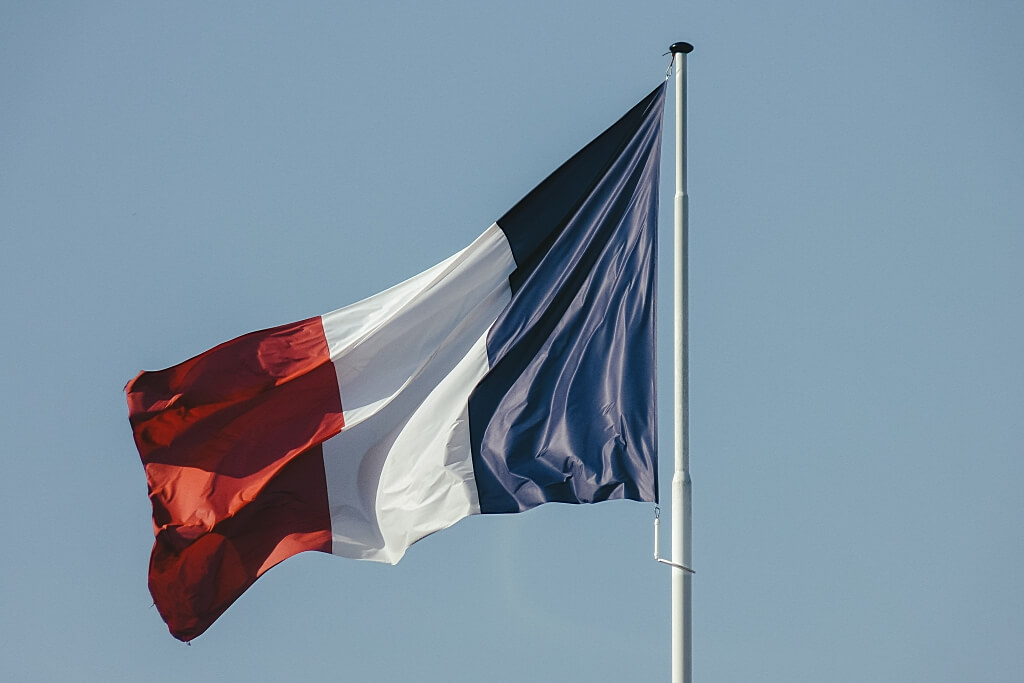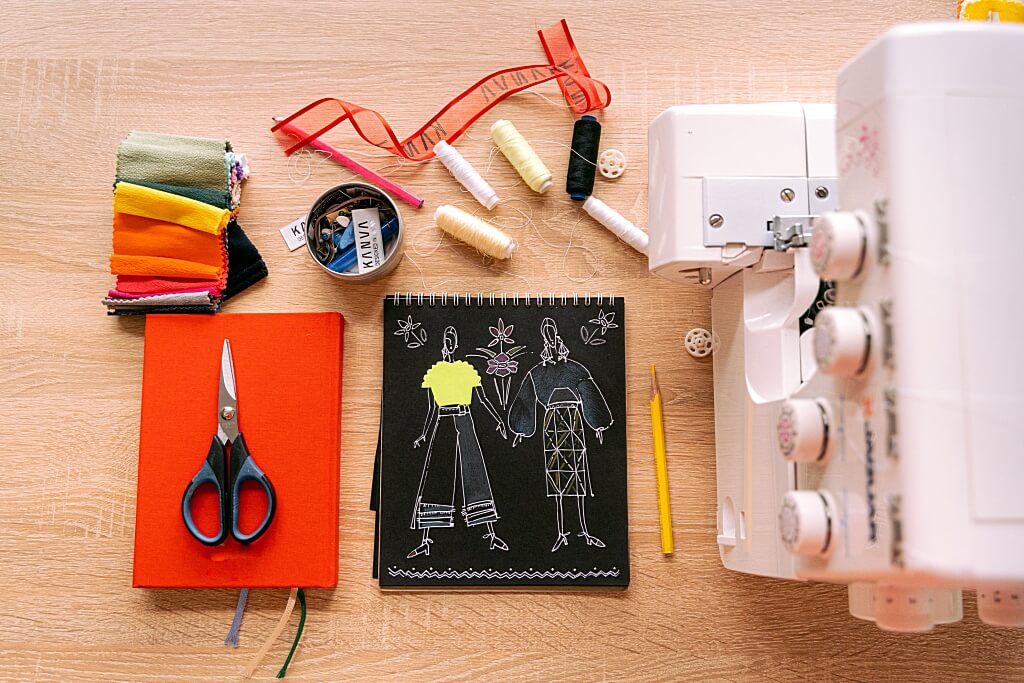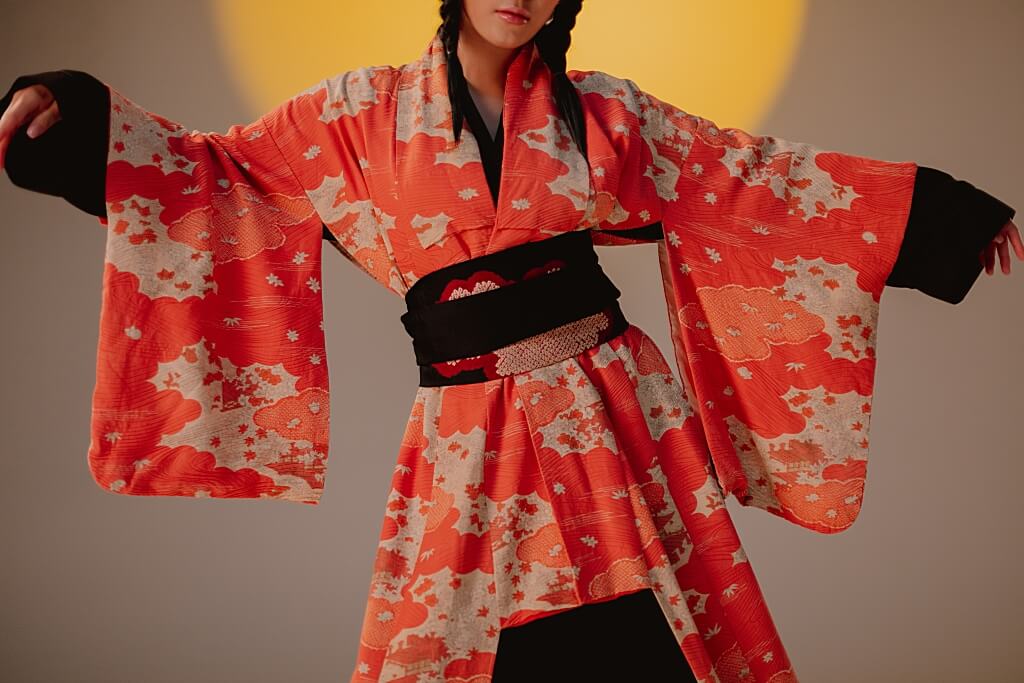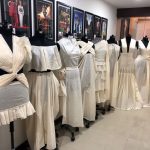Fashion Designing and the fancy jargons!

Fashion designing is a sophisticated industry, as graceful as a swan, serene on the outside and paddling like crazy beneath to keep it afloat. If you are vying to be this serene and graceful swan, you need to know some fancy jargons, so the outside world knows you are the prettiest bird on the water that works like crazy to keep afloat. Do not fret, for we are here to cover for you. I know you invested time and more importantly, blood, sweat and tears perfecting your portfolio. Checkout our blogs to make a portfolio without going through the crunch and smudged mascaras.
It is time to level up to make that unforgettable first impression and establish yourself as a true fashionista in the industry. Not more exams, don’t worry! Use these fancy fashion jargons to impress your interviewer, peers and unsuspecting clients. Make your clients feel like they are A-listers of the world with a true couture experience, because you guessed it right, some of these fancy fashion jargons are in French. Without further ado, here is a free trip to the land of love, Paris!

Haute Couture
The first fancy fashion you need to know about is Couture and Haute Couture. Couture refers to any garment or fashion apparel that is handmade and unique. In the Fashion Industry, not every unique handmade design and apparel is an Haute Couture. The difference is Haute Couture refers to custom-fitted unique and exclusive design hand designed and stitched at an Atelier. That’s another French word. Read our blog about Haute Couture to learn about the true glam that drapes the A-listers in the fashion industry.
Atelier
Here’s another French word you might come across reading about Haute Couture. Atelier means an art or a design studio that used by an artist or designer. But not any atelier designs can be referred to as Haute Couture. That’s fancy fashion jargon you can flourish in French as you show off your perfected fashion designing portfolio with your clients and interviewers.
Pret-a-porter
The world of high fashion, so far out of reach. But here is a back door to it. Prêt-a-porter (ready-to-wear) clothing provides the public with high-end clothing (a cross between haute couture and mass market) made in small quantities to guarantee exclusivity, but not made for individual clients. Ready-to-wear clothing is intended to be worn without significant alteration, and made in standard sizes that fit most people. Designers use standard patterns, factory equipment, and certain construction techniques that keep costs lower when compared to custom-sewn versions of the same item.
Applique
Appliqué, sewing technique in which fabric patches are layered on a foundation fabric, then stitched in place by hand or machine with the raw edges turned under or covered with decorative stitching. From the French appliquer, “to put on,” appliqué is sometimes used to embellish clothing or household linens.
Silhouette
In fashion, your silhouette is the shape that your clothes make when they hang on your body. Silhouettes are a vital part of your personal style. A dress silhouette is the overall shape that a dress creates when you wear it – in other words, it’s the outline of the dress rather than all the little details.
From gowns to evening dresses, different silhouettes aim to emphasize or flatter different body types or parts. For instance, certain silhouettes (like A-line dresses or ball gowns) emphasize a small waist, while others (like shift or empire) draw attention away from the waist. A-line, Ball gown, empire waist, sheath, shift, Mermaid are some of the popular silhouettes you need to know as a true fashionista!
Sleeves
Sleeves are a fixture in fashion designing and garment construction that have both aesthetic and functional. Sleeve designs created with any fabric play a crucial role of a garment’s overall outlook and silhouette. Set-in sleeve. A set-in sleeve is a sleeve that is attached to the garment’s armhole and sewn all the way around. Most sleeves, if they are not continuous with the bodice’s fabric are set-in sleeves.
Some popular set-in sleeves you need to know about are right here for you. Bell sleeves, Cap sleeves, Kimono sleeves, Bishop sleeves, Butterfly sleeves, Flutter sleeves, Dolman sleeves, puffed sleeves, Cape sleeves, Lantern sleeves, Balloon sleeves, Slit sleeves, Leg-of-mutton sleeves and T-shirt sleeve.
Necklines
Plunging Vs to an extravagant cowl, necklines are the first feature that we notice on any piece of clothing. For any absolute amateurs out there, the neckline is the top edge of a garment that surrounds the neck, especially from the front view. Neckline also refers to the overall line between all the layers of clothing and the neck and shoulders of a person. Some of the most popular and some real classics that is still in fashion are here for you to learn. Round necklines, square necklines, V necklines, Shaped necklines, Collared necklines, Cowl necklines, Asymmetric necklines and Built-up necklines.
So, there you go. That’s all the fancy fashion jargons, in technical terms, fashion terminologies that you need to know. Have fun flourishing in fancy French at your next client meeting.









